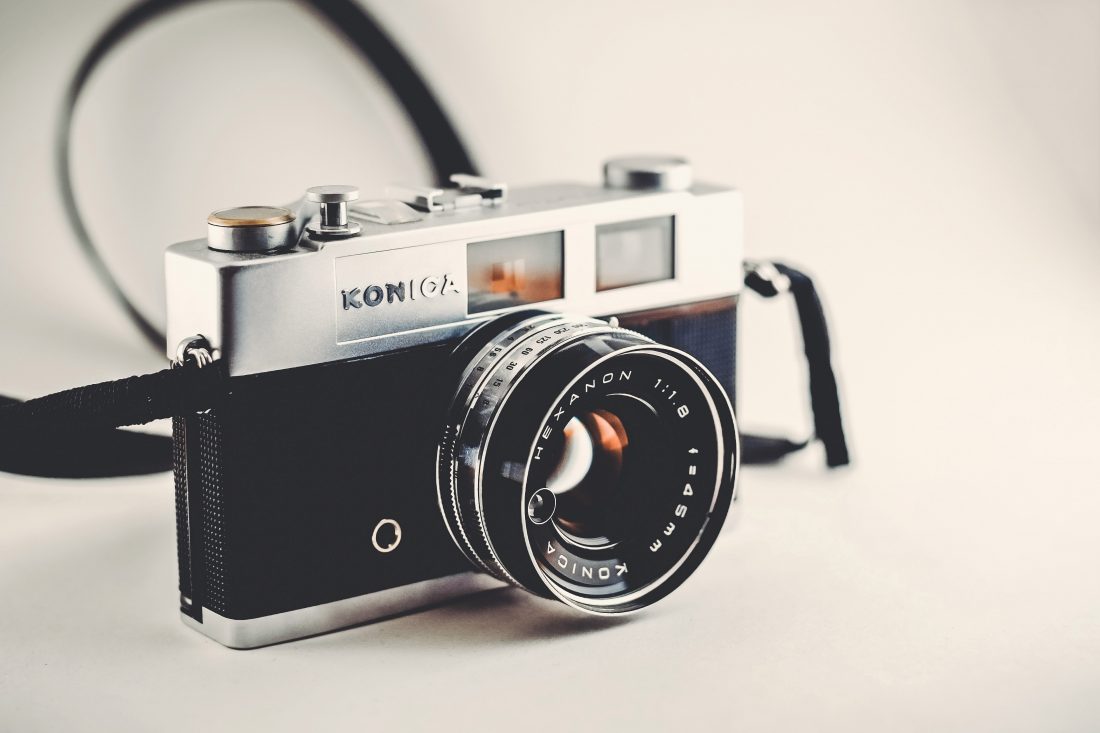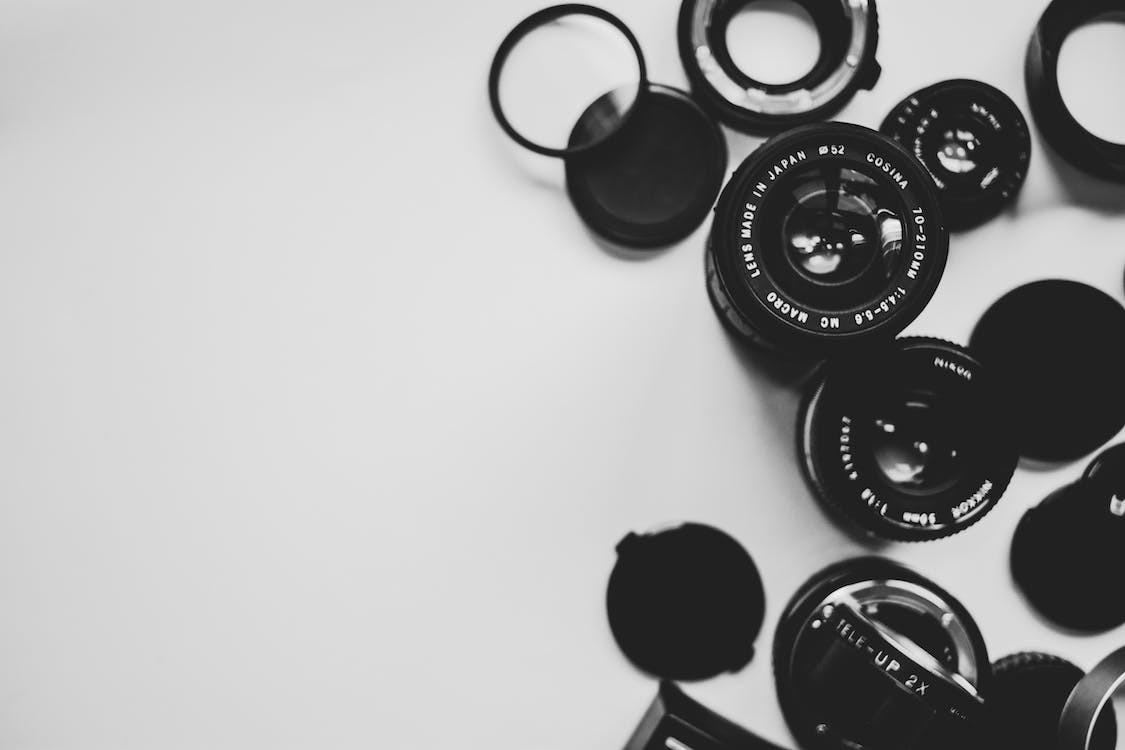
Canon EOS 750 QD Film Camera – A Profound Dive into Advanced Film Photography
Are you a professional photographer digging into the realm of film photography, or a novice enthusiast looking to understand more about film cameras and how they operate? Either way, you’re in the right place. Today, we’ll be discussing the Canon EOS 750 QD Film Camera, a camera that offers an exciting blend of old-school mechanics and advanced technology.
What is the Canon EOS 750 QD Film Camera?
First off, let’s establish what this camera is all about. The Canon EOS 750 QD is a worthy representative of Canon’s EOS series, which stands for “Electro-Optical System”. This series is known for its innovative technologies and high-performance cameras, both digital and film.
The EOS 750 QD is a film camera, meaning it uses rolls of film to capture images as opposed to digital sensors in modern digital cameras. Released in April 1988 with an inaugural price of approximately $400, the Canon EOS 750 QD quickly gained popularity among photographers for its ease of use and high-quality image output.
My First-Hand Experience With the Canon EOS 750 QD
As a photographer who started my journey in the era of digital cameras, navigating the world of film cameras was both a challenge and an adventure. When I got my hands on the Canon EOS 750 QD, I was astonished by its simplicity yet captivated by the complexity hidden beneath.
This camera has a robust build and a substantial weight, making it feel sturdy and reliable. The EOS 750 QD utilizes Canon’s EF lens mount, offering a vast selection of available lenses, which was a big selling point for me.
I vividly recall the thrill of loading the film, the unique shutter sound, and the anticipation of waiting for the film to be developed. The images produced had a unique character and depth that is more difficult to achieve with digital photography.
The Noteworthy Features
Several features make the Canon EOS 750 QD stand out amongst other film cameras. One such feature is the built-in light meter, which assists with setting the optimal exposure settings. Also, it offers programmed auto exposure and manual exposure modes, providing flexibility and control to the photographer.
Furthermore, the Canon EOS 750 QD comes with a quartz date back (hence the ‘QD’ in the name), which offers the option to imprint the date or time onto the photo. This feature was quite popular in the late ’80s and ’90s as it helped photographers track their images over time.
Let’s not forget the autofocus functionality. Unlike many other film cameras of its time, the EOS 750 QD incorporates an advanced autofocus system, granting photographers the ability to capture sharp images without the need for manual focusing.
Finally, the camera boasts of a self-timer, an essential tool for photographers who enjoy getting in front of the lens or capturing group shots with themselves included.
Final Thoughts
To summarize, the Canon EOS 750 QD Film Camera is an exemplary blending of old and new technologies. Although it may seem intimidating at first glance, especially to those more used to digital cameras, the EOS 750 QD is a tool that allows photographers to explore the depth and character that film photography offers.
Most importantly, the images that I was able to capture with this camera held a certain charm and soulful depth that only film can produce. It isn’t about trying to replace digital photography; it’s about experiencing a different perspective, a unique process, and aesthetically different results.
So, whether you’re a seasoned photographer, a film camera enthusiast, or someone looking to delve into the world of film photography, the Canon EOS 750 QD would be a fantastic place to start.
